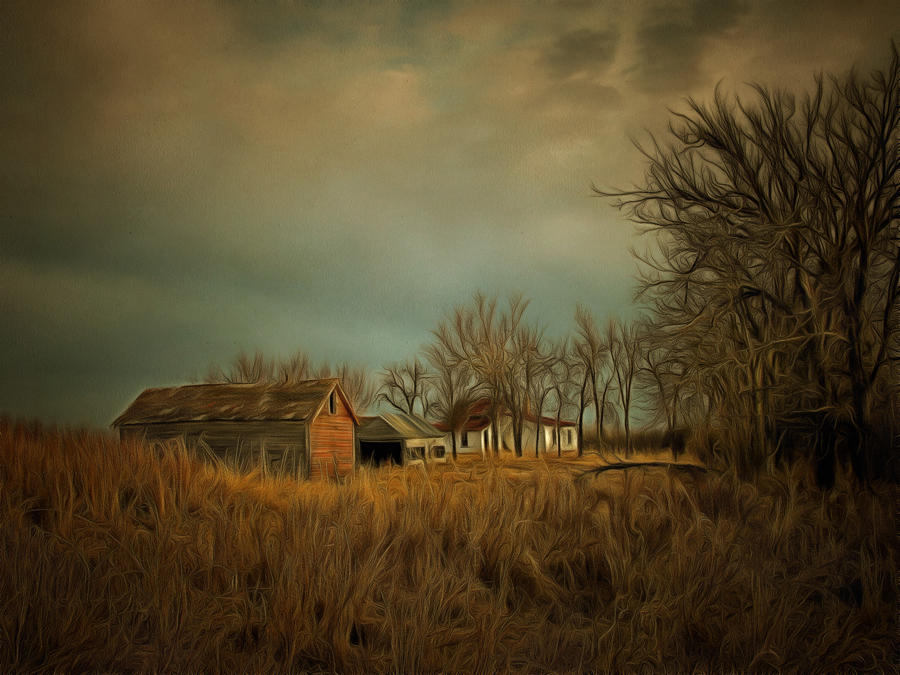Backstory
 It is late evening in August, 2014 in Blaine Lake, Saskatchewan. Up until now the spring and summer have been unusually cool but the switch has been flipped and it is now hot, even for this part of the country, just over 30° C, and dead calm. As I sit here trying to figure out how to start this task, my west window lights sporadically with flashes of lightning, signaling an approaching storm. At this point the thunder is barely audible but the warning is there. Perhaps what it is telling me is that I’d better get something down on paper before the power goes out, not an unusual circumstance in this part of the province when a storm rolls through.
It is late evening in August, 2014 in Blaine Lake, Saskatchewan. Up until now the spring and summer have been unusually cool but the switch has been flipped and it is now hot, even for this part of the country, just over 30° C, and dead calm. As I sit here trying to figure out how to start this task, my west window lights sporadically with flashes of lightning, signaling an approaching storm. At this point the thunder is barely audible but the warning is there. Perhaps what it is telling me is that I’d better get something down on paper before the power goes out, not an unusual circumstance in this part of the province when a storm rolls through.
To get to the point, I have concluded that it will certainly help me as a writer and perhaps you as a reader if I attempt to set out my objectives for this text. My greatest hope is that it will become a family document, and that it will fill a gap that is rapidly growing between our early experiences on the prairies and those of the present. Obviously, this just doesn’t apply only to my family, but as well, to most of the families of the prairie plains where the rural lands are being depopulated and the urban centers are continuing to increase their sprawl. For those of us who grew up enjoying a “rural lifestyle” and thinking it normal, we are often perplexed by urban attitudes towards their rural surroundings, agriculture in general and our collective history. Perhaps we should give a little bit more thought to those special people who left the old country and made their way by ship, train and wagon, usually to points in Québec or Ontario, before undertaking what was for them the home stretch, the journey to the “free” lands of prairie Canada.
An event occurred in the fall of 2012 which made me think that I was perhaps in a position to fill a little bit of that gap for our family. The event was the bulldozing of the original house that William Bell and Walter Palmer had built on their first reconnaissance expedition when they were looking for suitable land for homesteading. While there were many sound reasons why the house had to be destroyed; probably the most pressing was that it had deteriorated to a point where it wasn’t even much use to the turkey vultures who for the past dozen years had been its latest occupants. And of course it occupied land that could otherwise be in production so, all things considered, it was probably the right thing to do. The thing is that after 130 years of providing shelter to four generations of our family, and more recently, some turkey vultures, from the onslaughts of many prairie summer storms, as well as the howling blizzards of prairie winters with their bone chilling cold snaps, the house quietly disappeared in a modest cloud of dust.
Of course, it wasn’t a time for fanfares and ceremonies; it was just one more event in an event-filled history. However, I can’t help but feel that it should leave something behind that will mark its contribution to the lives of William and Walter and all their sons and daughters. Perhaps this account may go some distance to marking that contribution.